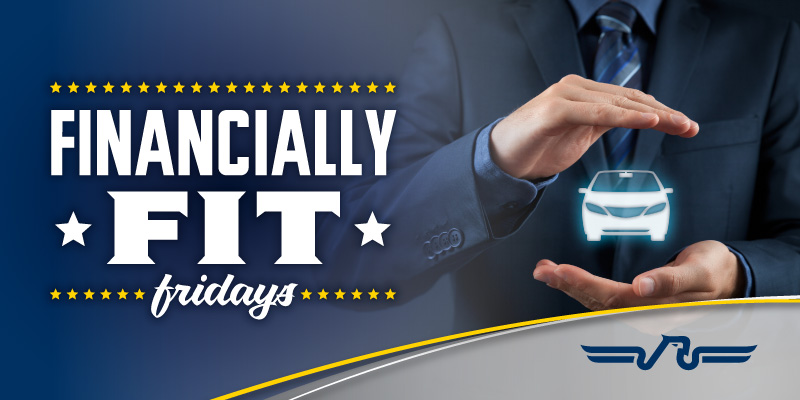Understanding Auto Insurance
After buying a new or used vehicle, your next step should be getting it insured. Auto insurance, after all, can save you a lot of money on repairs, hospital stays, and even property damage. Most states require drivers to carry insurance, but it’s important to understand what you’ll need before you hit the road. Here are the main auto policy categories.
Liability
This pays for the other person’s damage and injuries when an accident is your fault. If the accident is caused by the other driver, his or her liability insurance pays for your repairs and medical bills. Getting this is usually mandatory, though the levels of coverage may vary. In Utah, for example, you are required to have a minimum of $25,000 for bodily injury per person, $65,000 for bodily injury total per accident, $15,000 for property damage per accident, or $80,000 total for bodily injury and property damage. This may sound like a lot but, remember, this is not the premium you’re paying the insurance company, it’s the coverage you’re getting from it.
Personal injury protection (PIP)
Also necessary in some states, personal injury protection is primarily for the cost of accident injuries. Utah law requires that you have a minimum of $3,000 per person. It is also known as no-fault insurance, because it gives you additional financial protection, regardless of who caused the accident.
Collision
No matter who’s at fault, this insurance pays for your vehicle’s repairs when you’re in an accident. Collision coverage comes in handy when the damage total is more than what the other driver’s insurance can pay. Additionally, if the vehicle is unrepairable, it will provide payment at the actual cash value. It’s optional in most states, but many lenders require that you carry collision until your car is paid off.
Comprehensive
Sometimes vehicles get wrecked by things other than cars & trucks. Comprehensive coverage takes care of damage due to fire, hail, flooding, tornados, theft, vandalism or even if you hit an animal. Once again, it’s optional, but it’s a good investment if your vehicle has an expensive price tag.
Uninsured motorist
This pays for car repairs and medical expenses if the other driver isn’t covered. It’s estimated that one in seven drivers on the road are uninsured or are underinsured, which means that you could end up facing the costs of the crash if the wrong person hits your vehicle.
There are, of course, other types of auto insurance, such as rental reimbursement, where you’ll get a loaner if your car isn’t drivable, but these five are the most prevalent. Discuss all options with an insurance agent, then decide what’s best for you and your vehicle.

